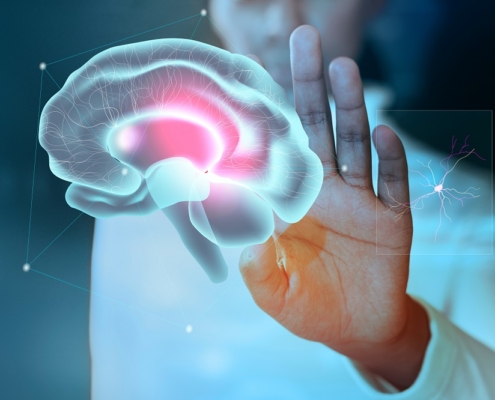 https://drturanpoyraz.com/en/wp-content/uploads/2023/07/kafatravmasi.jpg
666
1000
drturan_pyrzawp
https://localveri.net/drturanpoyraz/wp-content/uploads/2024/07/logo2.png
drturan_pyrzawp2023-07-18 17:33:472024-08-01 16:32:02HEAD TRAUMA AND BRAIN INJURY
https://drturanpoyraz.com/en/wp-content/uploads/2023/07/kafatravmasi.jpg
666
1000
drturan_pyrzawp
https://localveri.net/drturanpoyraz/wp-content/uploads/2024/07/logo2.png
drturan_pyrzawp2023-07-18 17:33:472024-08-01 16:32:02HEAD TRAUMA AND BRAIN INJURYContact Us
- Phone: 0 505 804 81 49
- Address: Mimar Sinan Mah.1400 Sok. Hidayet Hanım Apt. No:4 D:3 Konak-İZMİR
- E-Mail: bilgi@drturanpoyraz.com
PATIENT ADMISSION HOURS
Monday-Friday: 09:30 - 17:30
Saturday: 09:30 - 14:00







